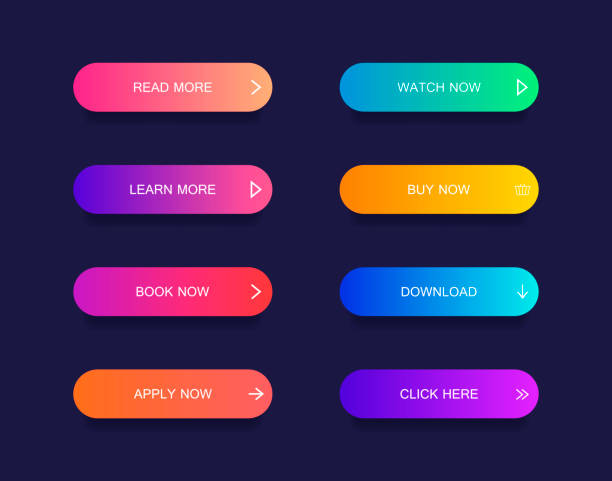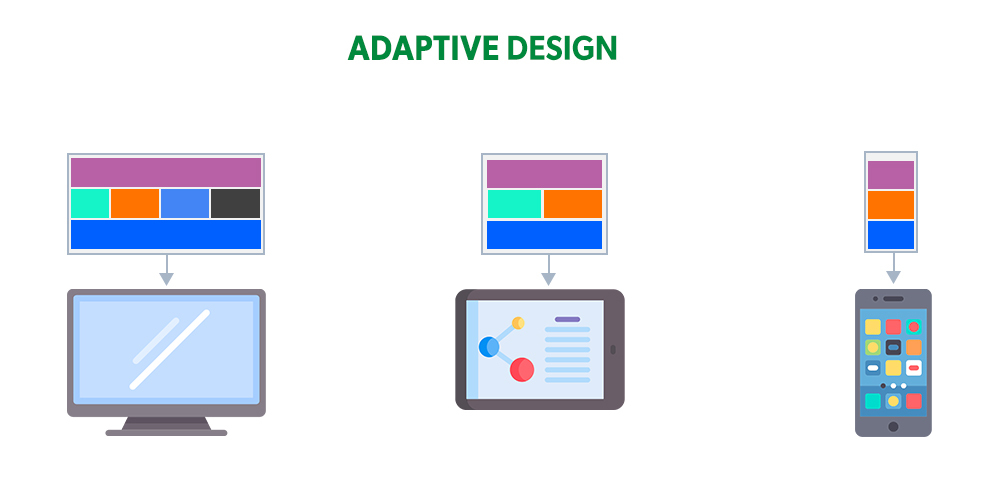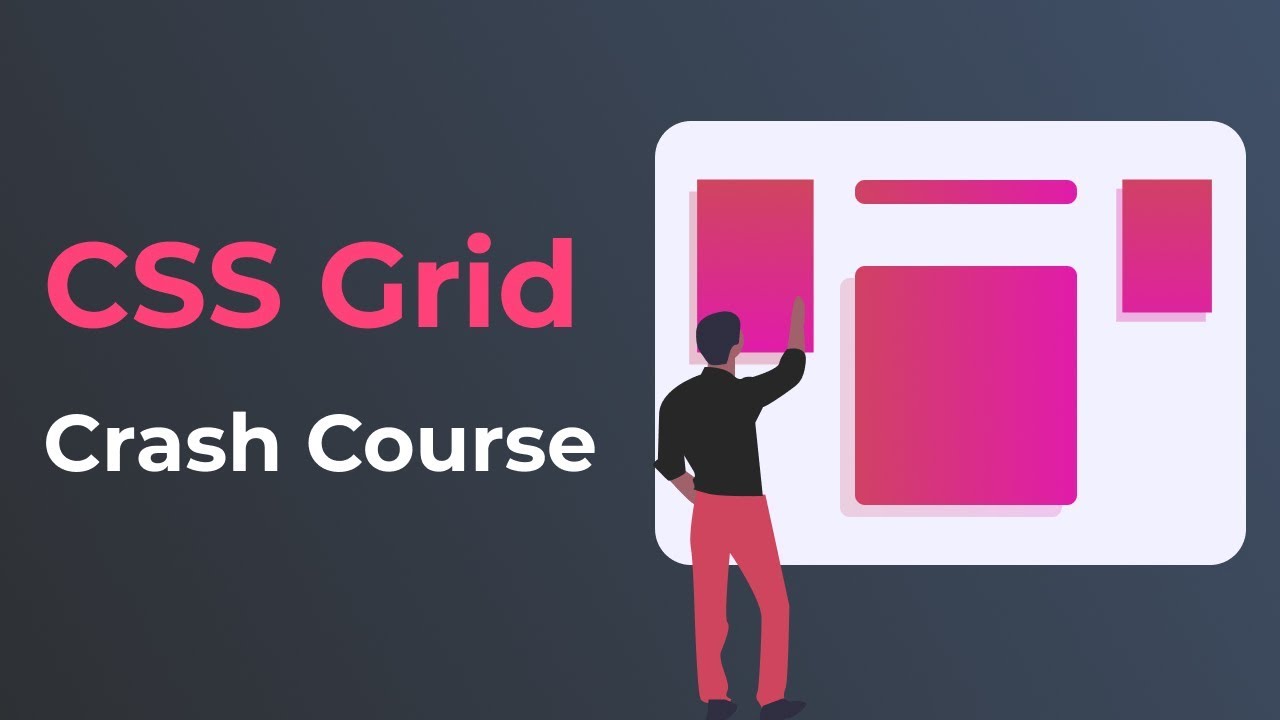
These are the principles you need to keep in mind when designing for mobile devices. These principles include predictability and legibility. These principles help to make sure that users will not be frustrated and will not lose their patience. They will appreciate the convenience of simple functions, such as setting an alarm, and will not want to spend more time to complete the task. Mobile users will also appreciate simple features like the ability to quickly access content without needing to navigate through complicated menus.
Predictability
Predictability means the ability or ability to predict future events. Predictability can be a key component of an experience. It helps customers perceive a brand better and influences sales growth. For example, predictability is a crucial element in the success of McDonalds, which created a global phenomenon by providing the same food and service to customers. With only one store open in the US a day, the company was able to provide the same predictable experience every time.
Users will also find it more enjoyable to have a predictable product experience. Predictability decreases mental effort and increases a sense security. For example, flow controllers should be consistent throughout the product. Visual and functional consistency increases usability and enhances learning. Finally, internal consistency encourages users to use new features.
Legibility
One of the most important principles in mobile design is legibility. This means that symbols as well as text should be easy distinguishable. Designers need to consider the contrast between dark and lighter text colors in order to make sure that mobile device text is legible. The Web Content Accessibility Guidelines recommend a contrast ratio of at least 4.5 to 1. WebAIM Contrast Checker allows designers to check that the text displayed on mobile designs is legible.

It is important to make content easy to read on smartphones because of their small screen sizes. It is important to use fonts that are large enough for you to read the text without having to zoom in. You should also make the interface visually appealing by using whitespace. The more whitespace the mobile user has, the more likely they are to read the text.
Visual weight
Mobile design has a number of design principles, including the notion of visual weight. Visual weight is the weight relative to other design elements. This may be obvious as larger objects can appear heavier than smaller items. A particular color might appear to be heavier than others. Visual weight also refers to symmetry. In order to create a balanced design, it is important that all design elements have the same weight.
Visual weight is a key design principle. It reinforces visual hierarchy and guides the user. By applying it appropriately, you can create a cohesive design that makes it easier to use the product.
Avoiding errors
It is vital to avoid errors in mobile design. Errors can lead to frustration and friction for users. There are many causes for errors, including user mistakes and app failures. It is important to consider your limitations and make sure your mobile app is as user-friendly as possible.
You should clearly be able to distinguish error states from normal input fields. This way, users can easily recognize mistakes. Additionally, errors will be interpreted as disabled features in the UI. It is therefore crucial to clearly define the error condition.

Creating a seamless experience
Smartphone users are becoming more dependent on their mobile devices and demand better mobile experiences. They want fast, smooth interactions with no dead ends. But designing for mobile users requires a different approach than designing for desktop. Understanding where users will start their journey, as well as how they will move between mobile and desktop channels is key. You can design a mobile experience that users love by understanding this.
Another important principle of mobile design involves breaking down tasks into manageable chunks. UX design principles such as breaking down tasks into manageable steps are well-established. This principle is even more crucial in mobile environments. A step-by-step checkout process is an excellent example. It requires the user to complete a series of actions prior to completing the purchase. Users can quickly move on to other areas of the experience without becoming confused or frustrated by breaking down complex tasks.
FAQ
Can I build my website using HTML & CSS?
Yes, you can! Basic knowledge of web design and programming languages such as HTML (Hyper Text Markup Language), and CSS (Cascading Stil Sheets) is required. These languages enable you to create websites that are accessible to anyone with an internet connection.
What does a UI designer do?
A user interface (UI) designer creates interfaces for software products. They design the application's layout and visual elements. They may also include graphic designers.
The UI designer should be able solve problems by understanding how people use computers.
A UI designer should have a passion for technology and software design. From developing ideas to implementing them into code, a UI designer must be able to comprehend all aspects of the field.
They should be capable of creating designs using a variety tools and techniques. They should be able problem solve and think creatively.
They should be detail-oriented, organized and efficient. They should be able create prototypes quickly and efficiently.
They should feel at ease working with clients, large and small. They must be capable and willing to adapt to new situations and environments.
They should be capable of communicating effectively with others. They should be capable of communicating clearly and concisely.
They must be well-rounded and have strong communication skills.
They should be highly motivated and driven.
They should be passionate about their craft.
How do you create a free website.
This will depend on the type and purpose of your website. Do you want to sell online products, start a blog, build a portfolio, or both?
It's possible to make a website that is essential using HTML and CSS. Although HTML and CSS are possible to create a website, most web developers recommend using WYSIWYG editors such as Frontpage or Dreamweaver.
You might consider hiring a freelance designer if you don’t know how to design websites. They can help create a custom website for you based on your requirements.
A freelance developer may charge you either a flat-fee per project, or an hourly fee. The price of hiring a freelancer will vary depending on how much work is completed within a specified timeframe.
For example, companies may charge 50-100 dollars an hour. For larger projects, rates are usually higher.
There are many websites that list jobs available for freelancers. You can search there before you contact potential developers directly.
Statistics
- At this point, it's important to note that just because a web trend is current, it doesn't mean it's necessarily right for you.48% of people cite design as the most important factor of a website, (websitebuilderexpert.com)
- Did you know videos can boost organic search traffic to your website by 157%? (wix.com)
- Studies show that 77% of satisfied customers will recommend your business or service to a friend after having a positive experience. (wix.com)
- When choosing your website color scheme, a general rule is to limit yourself to three shades: one primary color (60% of the mix), one secondary color (30%), and one accent color (10%). (wix.com)
- It's estimated that chatbots could reduce this by 30%. Gone are the days when chatbots were mere gimmicks – now, they're becoming ever more essential to customer-facing services. (websitebuilderexpert.com)
External Links
How To
How to use WordPress in Web Design
WordPress is a free software application used to build websites or blogs. Easy installation, powerful theme options, and plug-ins are some of the main features. You can customize your website using this website builder. It comes with hundreds of themes and plugins that help you make any site. You can even add your domain name if you want. These tools will allow you to effortlessly manage your site's appearance as well as its functionality.
WordPress is a powerful tool that allows you to create stunning websites without having to know HTML code. If you don't know anything about coding, there's no reason why you shouldn't be able to set up a professional-looking website in minutes! This tutorial will teach you how install WordPress on your computer. Then, we'll go through the steps necessary to put your blog online. We'll walk you through the process so you can understand it at home.
WordPress.com, the most popular CMS (Content Management System), currently has over 25 million users in all of its countries. There are two versions available for WordPress. You can either buy a monthly license or download the source codes and host it yourself for $29 each month.
WordPress is often chosen for its blogging platform because of many factors. One reason is that WordPress is extremely easy to use. Anyone with a basic knowledge of HTML can create a stunning site. Its flexibility is another advantage. Many themes are free on WordPress.org, meaning you can change the look and feel of your site entirely without having to pay a penny. Finally, it's highly customizable. Developers offer premium add-ons which allow you to update posts automatically when someone comments or integrate social media sharing within your site.